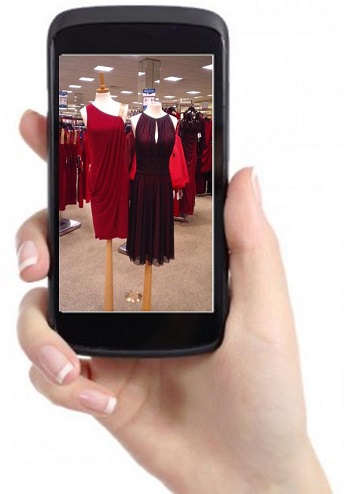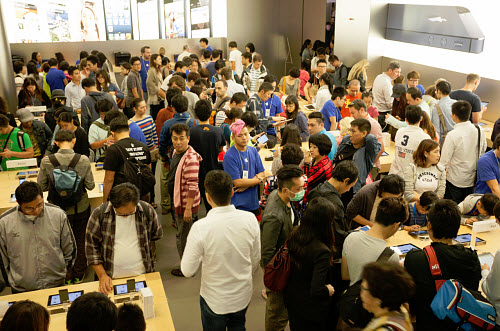Europeans are using their smartphones to buy things and are scooping up deals on clothes.
The results of a study conducted by Ipsos on behalf of ING have been announced and they have shown that consumers in Europe are taking advantage of mobile shopping as well over half of them (58 percent) use their devices to make purchases.
The countries that shop over mobile devices the most in Europe were found to be Turkey and Poland.
At the other end of the scale, Belgium and the Netherlands were the countries in which consumers were least likely to take part in mobile shopping. That said, throughout all of the countries, it was clothing that was the most popular item to purchase. This is a surprising fact, considering that this is the type of product that consumers will usually want to try on before they make a purchase. That said, more than one third (35 percent) of people in Europe who have smartphones and tablets had used their mobile devices to purchase an article of clothing.
The second most common type of item purchased over mobile shopping was electronics (32 percent).
 The third most common mobile commerce category was gaming products, which were purchased by 19 percent of device owning Europeans. Other shopping categories included groceries (17 percent), music (16 percent) and travel (16 percent). All of this data was released in the ING International Survey on Mobile Banking, which was designed to take a closer look at the m-commerce habits of over 10,000 mobile device using consumers throughout Europe.
The third most common mobile commerce category was gaming products, which were purchased by 19 percent of device owning Europeans. Other shopping categories included groceries (17 percent), music (16 percent) and travel (16 percent). All of this data was released in the ING International Survey on Mobile Banking, which was designed to take a closer look at the m-commerce habits of over 10,000 mobile device using consumers throughout Europe.
Among the drivers that have been credited with the popularity of the use of smartphone and tablet commerce has been the simplicity of “one click” ordering. The study showed that 55 percent of mobile shoppers had a greater inclination to make a purchase on their devices when the store allowed them to save their payment information so that they would not be required to enter it the next time they made a purchase.
That said, the draw of these types of convenience have suggested that mobile shopping may be causing some consumers to miss out on certain cheaper deals because they spend less time looking around so that they will be able to check out more quickly.

 According to the Tumblr head of creative strategy, David Hayes, “People are craving real-life interaction for shopping.” Hayes stated that he has worked with Levi Strauss & Co., and Gap Inc. in order to encourage consumers to attend events such as promotional parties and music performances being held in stores. He added that “There’s a trend going from URL to ‘IRL’ – ‘in real life’.”
According to the Tumblr head of creative strategy, David Hayes, “People are craving real-life interaction for shopping.” Hayes stated that he has worked with Levi Strauss & Co., and Gap Inc. in order to encourage consumers to attend events such as promotional parties and music performances being held in stores. He added that “There’s a trend going from URL to ‘IRL’ – ‘in real life’.”